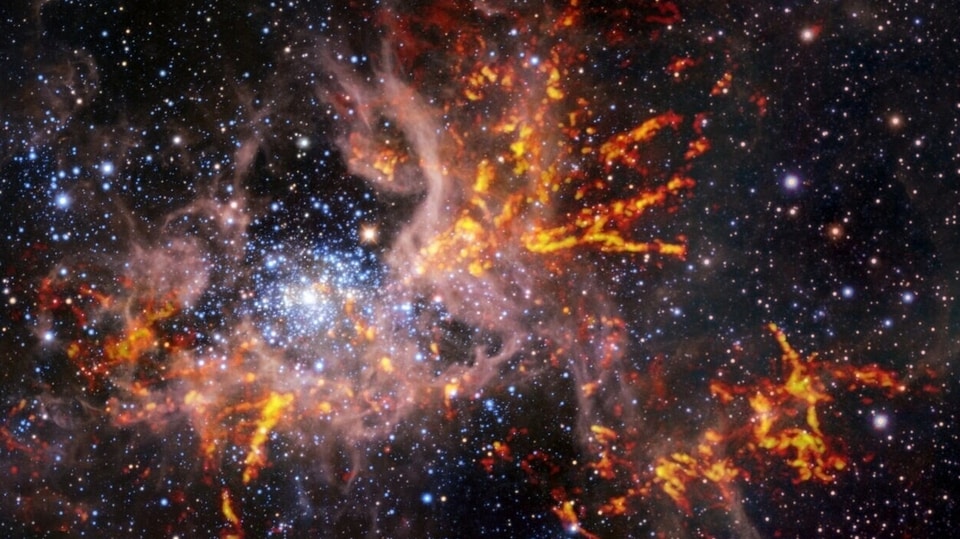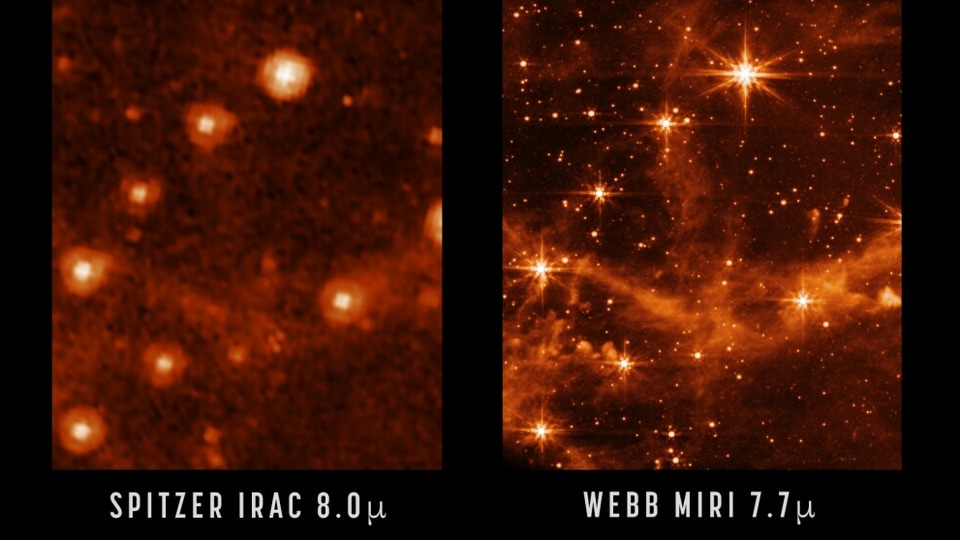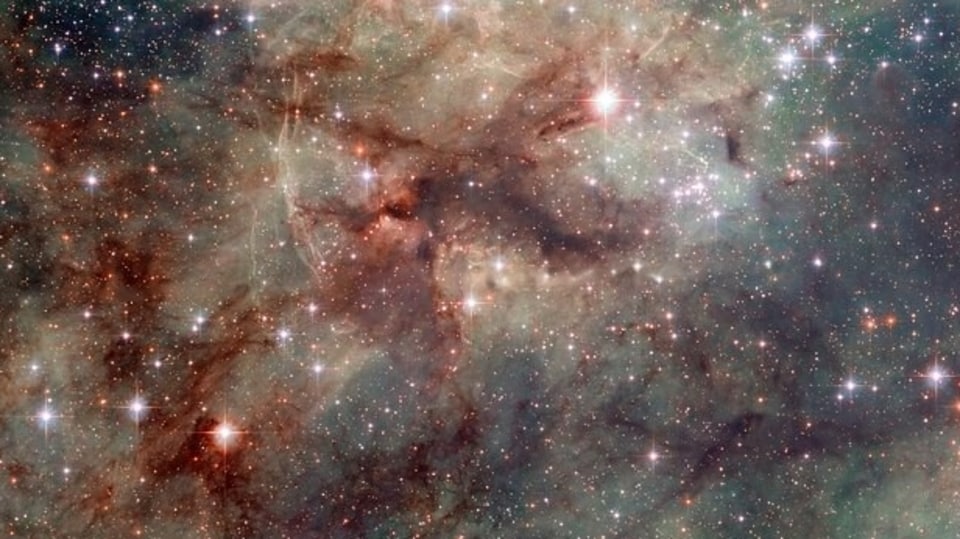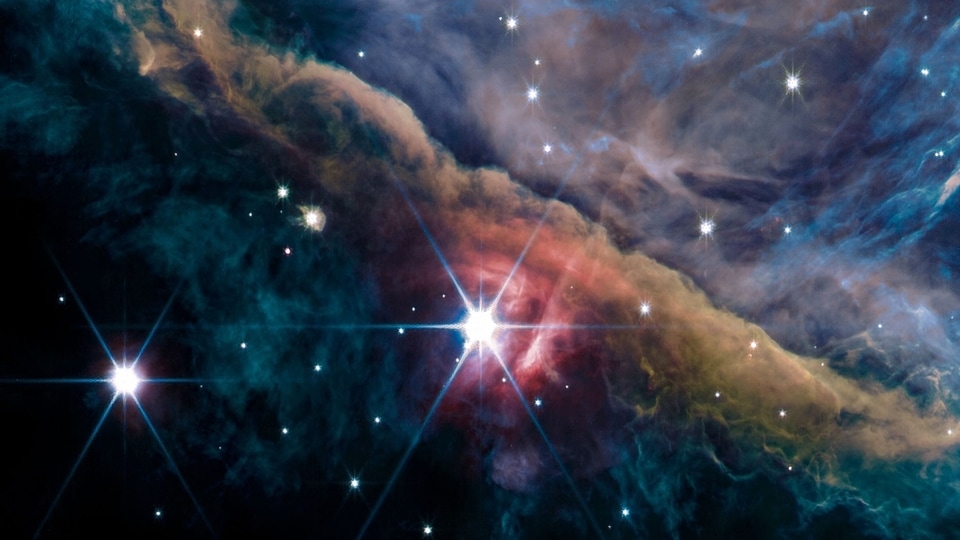Fire in the sky: These are the largest and smallest stars in the Universe- R136a1 tops list
Ever wondered how big is the largest known star and how small is the smallest star in the universe? Find out.






 View all Images
View all ImagesThe universe is filled with things beyond our imagination and so far we have only scratched its surface. From supermassive black holes, Black Widow Pulsars to the existence of antimatter, there are tons of things that we still do not fully understand. But even the things that we do understand can often take unimaginable shape and form. For example the spontaneous fire in the sky that we have dubbed stars. When we think of stars we either think about those twinkling dots in the night sky or the bright and yellow suns. But have you ever wondered how large is the largest star in the universe or how small could the smallest star? Read on to find out.
The largest and the smallest known stars in the universe
Phil Massey, an astronomer at the Lowell Observatory in Flagstaff, Arizona spoke with LiveScience to share these nuggets of information. But before we dive into it, we must understand that largest is a vague term. A star either be largest in terms of mass or size. A heavy star is usually not very large because the weight holds down the particle closer and a voluminous star usually tends to expand and drop mass.
Massey explained that the largest star in terms of mass is R136a1. Located roughly 60,000 light-years from Earth, this star is about 30-40 times the size of our Sun. Interestingly, this star is also very young at about one million years. In comparison, the Sun is 4.5 billion years old. In a few billion years' time, R136a1 could burn through its supply of hydrogen and begin expanding and can become the largest star in terms of size, however, at the moment that title is held by another.
UY Scuti is a hypergiant star that is about 1,700 times larger than the Sun. For reference, imagine a marble next to a sphere of the size of Qutub Minar. That's the difference in their size. The star was discovered in 2013. According to Massey, if this star replaced the Sun at the center of the solar system, all inner planets up to Jupiter would be engulfed within the star and be instantly vaporized.
Finally, the award for the smallest known star in the universe goes to EBLM J0555-57Ab, according to a 2017 study published in the journal Astronomy and Astrophysics. The star is smaller than Saturn and barely qualifies as a star. However, it is believed that it will not be able to sustain its nuclear fusion for long and will turn into a brown dwarf.
It should be noted that these are the stars that we have been able to observe using telescopes and exist in the immediate neighborhood of the Milky Way. The space is much more vast and we may find an even larger or smaller stars as we explore further.
Catch all the Latest Tech News, Mobile News, Laptop News, Gaming news, Wearables News , How To News, also keep up with us on Whatsapp channel,Twitter, Facebook, Google News, and Instagram. For our latest videos, subscribe to our YouTube channel.


























